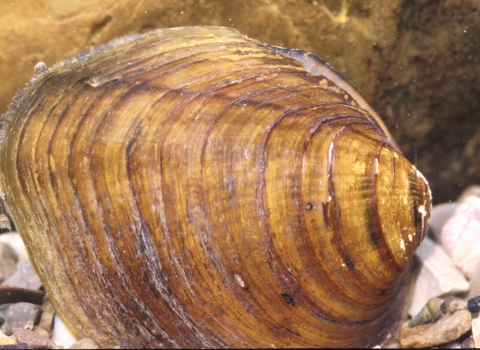Panama City, Fla. – Following a rigorous review of the best available science, the U.S. Fish and Wildlife Service has listed the Panama City crayfish as threatened under the Endangered Species Act (ESA). The Service is also designating critical habitat and finalizing a section 4(d) rule, designed to conserve the crayfish while allowing greater flexibility for landowners. The associated critical habitat designation economic analysis is also available with today’s final rule.
The ESA defines threatened as any species that is likely to become in danger of extinction within the foreseeable future throughout all or a significant portion of its range. Federal protections for this imperiled crustacean will raise greater awareness about the threats to it and inspire diverse partnerships on its behalf.
“Our final decision contributes to Panama City crayfish conservation while benefiting Bay County communities, businesses, and stakeholders, all of which rely on local wetlands for clean water and recreational activities,” said Leopoldo Miranda-Castro, the Service’s Regional Director. “We look forward to working with our conservation partners in Florida to protect and recover this rare crayfish.” Found only in Bay County, Florida, the Panama City crayfish is a semi-terrestrial freshwater crustacean that historically inhabited bodies of shallow water in open pine flatwoods and wet prairies. Development threatens the crayfish by fragmenting, degrading and destroying its habitat, making it likely to become at risk of extinction in the foreseeable future.
“Our organization has been very pleased to work with the Service to protect the Panama City crayfish,” said Candis Harbison, President of Bay County Conservancy. “The habitat needs of the crayfish are very compatible with our goal of preserving native habitat and providing green space for stormwater retention, passive recreation and spiritual renewal.”
The Service made no changes to the listing section or its economic analysis. However, the final rule does incorporate several changes to the proposed 4(d) rule and critical habitat designation. The Service also clarified the types of right-of-way maintenance activities for exceptions to take. These activities include mowing, use of herbicides, and mechanical side trimming, and replacement of critical structural components, such as cross-arms, insulators, conductors, and similar parts.
Using updated photos and methodologies, the Service also revised the final amount of designated critical habitat to 4,138 acres (1,675 hectares), reflecting a decrease of 3,039 acres (1,230 ha) from the proposed designation.
The final rule and supporting information are available online at http://www.regulations.gov under Docket Nos. FWS-R4-ES-2017-0061 and FWS–R4–ES–2020–0137.
For more information, please visit our Frequently Asked Questions.



